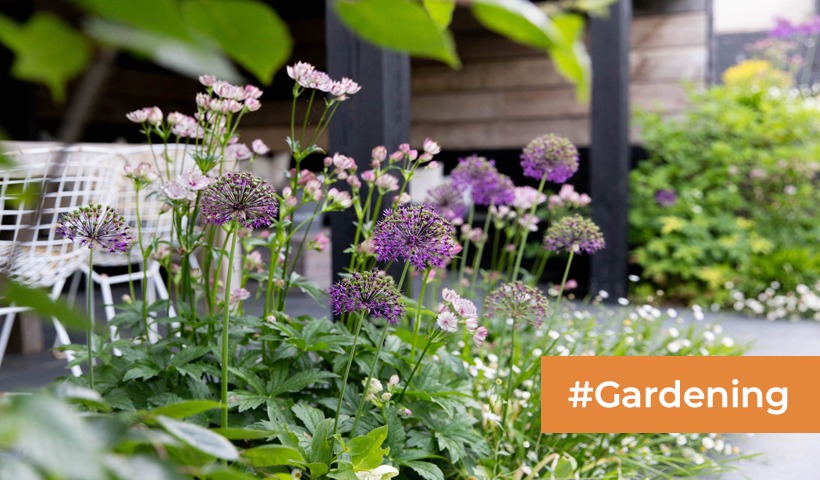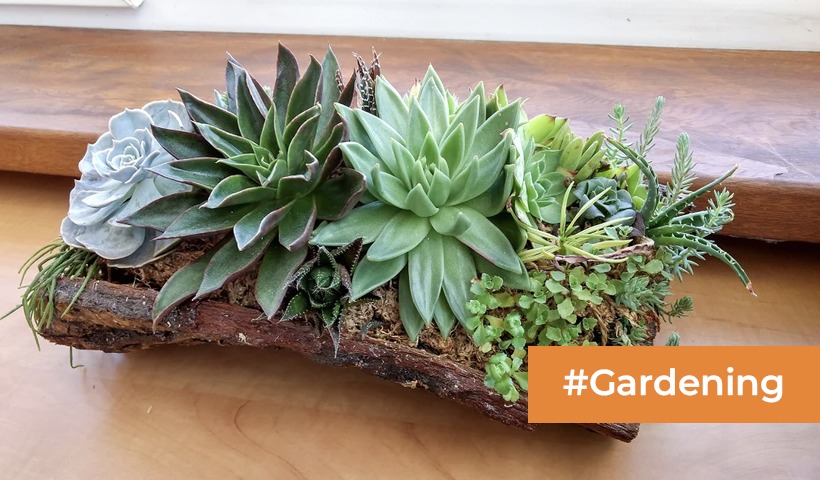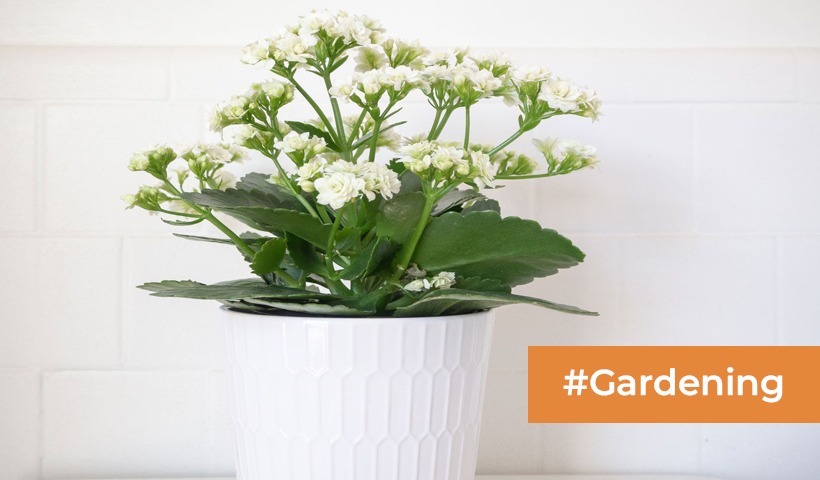A Comprehensive Guide to Growing and Caring for Strawberries in Your Home Garden
Strawberries, with their vibrant red hue and delectable taste, are not just a delightful addition to your plate but also a joy to cultivate in your home garden. Whether you’re a seasoned gardener or a beginner with a green thumb, growing strawberries in the Indian context offers a rewarding experience. In this comprehensive guide, we’ll explore the nuances of cultivating and caring for strawberries in your home garden, tailored specifically for Indian readers.
Choosing the Right Varieties:
- Ever-Bearing vs. June-Bearing Varieties:
- Understand the difference between ever-bearing and June-bearing varieties. Ever-bearing strawberries produce fruit throughout the growing season, while June-bearing varieties yield a bountiful harvest in early summer.
- Indian-Adapted Varieties:
- Opt for varieties adapted to the Indian climate. Some popular choices include Chandler, Sweet Charlie, and Camarosa, known for thriving in diverse Indian weather conditions.
Selecting the Ideal Location:
- Sunlight Requirements:
- Ensure your strawberry patch receives ample sunlight, ideally six to eight hours a day. In India, where sunlight is abundant, choose a location with well-draining soil and good air circulation.
- Protection from Harsh Sun:
- Shield your strawberries from the scorching midday sun, especially during the peak summer months. Use shading techniques like row covers or plant them in an area where they receive morning sun and afternoon shade.
Preparing the Soil:
- Well-Draining Soil:
- Strawberries thrive in well-draining soil. Improve drainage by adding organic matter such as compost or well-rotted manure. This is crucial in preventing waterlogging, which can lead to root rot.
- Optimal Soil pH:
- Aim for a slightly acidic to neutral soil pH between 5.5 and 7.0. Conduct a soil test and amend the soil accordingly using lime to raise pH or elemental sulfur to lower it.
Planting Strawberries:
- Choosing Planting Methods:
- Decide between traditional in-ground planting, raised beds, or containers. In Indian gardens, containers can be particularly advantageous, allowing for better control over soil conditions.
- Proper Spacing:
- Space strawberry plants adequately to promote air circulation and minimize the risk of diseases. Follow spacing recommendations for the specific variety you’re cultivating.
- Mulching:
- Mulch is a strawberry plant’s friend. Apply a thick layer of straw or hay around the plants to suppress weeds, retain soil moisture, and protect the fruit from direct contact with the soil.
Watering and Feeding:
- Consistent Moisture:
- Strawberries require consistent moisture, especially during flowering and fruiting. Water the plants regularly, ensuring the soil remains evenly moist. Be cautious not to overwater, as soggy soil can lead to root issues.
- Fertilizing Routine:
- Establish a fertilizing routine, starting with a balanced fertilizer at the beginning of the growing season. As the plants develop, switch to a fertilizer higher in potassium to encourage fruiting. Organic options like compost and well-rotted manure are excellent choices.
Pest and Disease Management:
- Vigilant Monitoring:
- Regularly inspect your strawberry plants for signs of pests or diseases. Common culprits in Indian gardens include aphids, spider mites, and fungal diseases like powdery mildew. Early detection allows for prompt intervention.
- Natural Remedies:
- Embrace natural remedies for pest control. Neem oil, garlic spray, and introducing beneficial insects like ladybugs can help keep pests at bay without resorting to harsh chemicals.
Pruning and Runners:
- Regular Pruning:
- Prune strawberry plants regularly to remove old, yellowing leaves and encourage healthy growth. Trim runners (long stems with small plants at the end) to redirect energy back to fruit production.
- Propagating Through Runners:
- While pruning runners is essential, they also offer an opportunity for propagation. Allow a few runners to take root, creating new strawberry plants for future harvests.
Harvesting Strawberries:
- Patience for Optimal Ripeness:
- Exercise patience when harvesting strawberries. Pick them when fully ripe, with a vibrant red color and a sweet aroma. Strawberries do not ripen after harvesting, so timing is crucial for the best flavor.
- Gentle Handling:
- Handle strawberries with care to prevent bruising or damage. Hold the stem and pluck the fruit gently, leaving the green cap intact. This helps extend the shelf life of harvested strawberries.
Seasonal Care and Winter Protection:
- Winter Dormancy:
- Understand the seasonal dynamics of strawberry plants. In many parts of India, strawberries experience a winter dormancy period. Mulch around the plants to protect them from extreme cold and frost.
- Renovation Pruning:
- Perform renovation pruning after the last harvest. Trim back foliage and remove any debris to rejuvenate the plants for the next growing season.
Cultivating strawberries in your Indian home garden is a delightful endeavor that rewards both effort and patience. By choosing the right varieties, providing optimal growing conditions, and adopting sustainable practices, you can enjoy a bountiful harvest of these luscious berries. From planting to harvesting, the journey of growing strawberries is not just about cultivating a fruit but nurturing a connection with nature and the joys of home gardening in the Indian context.




